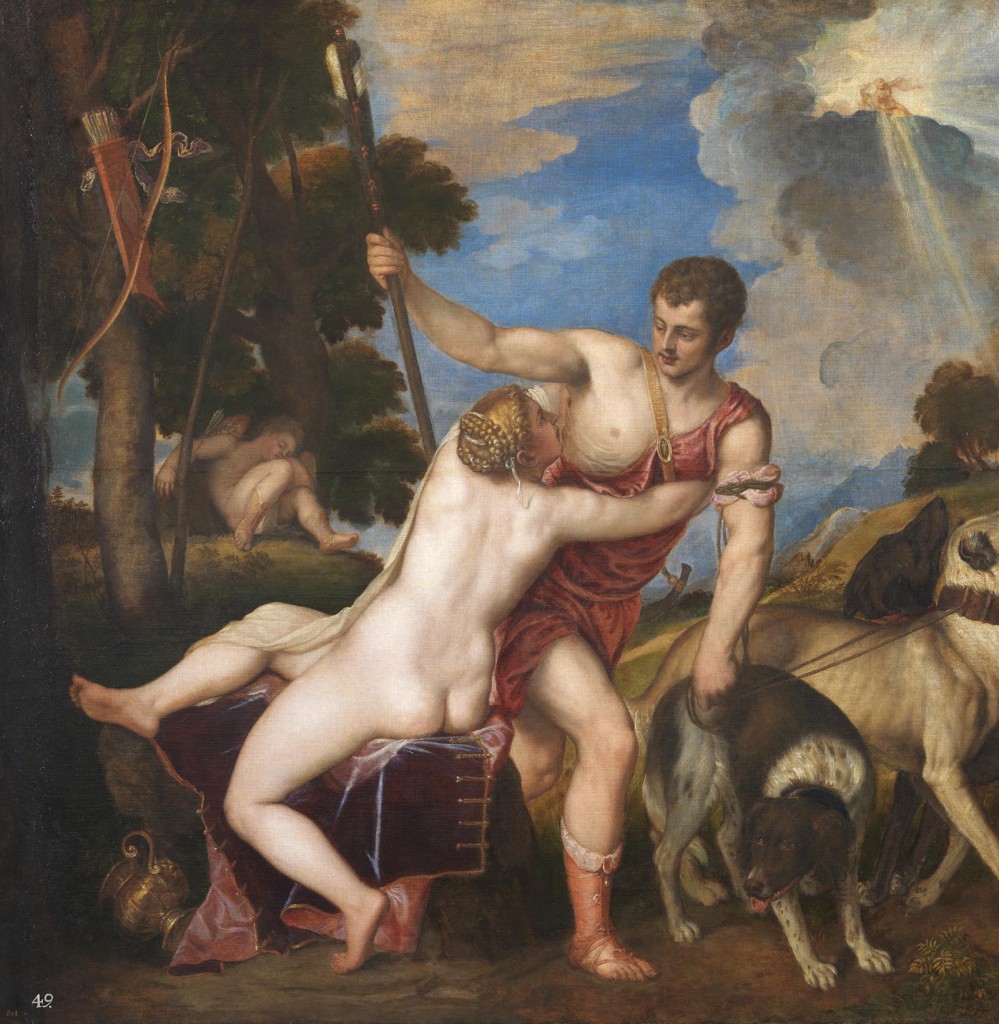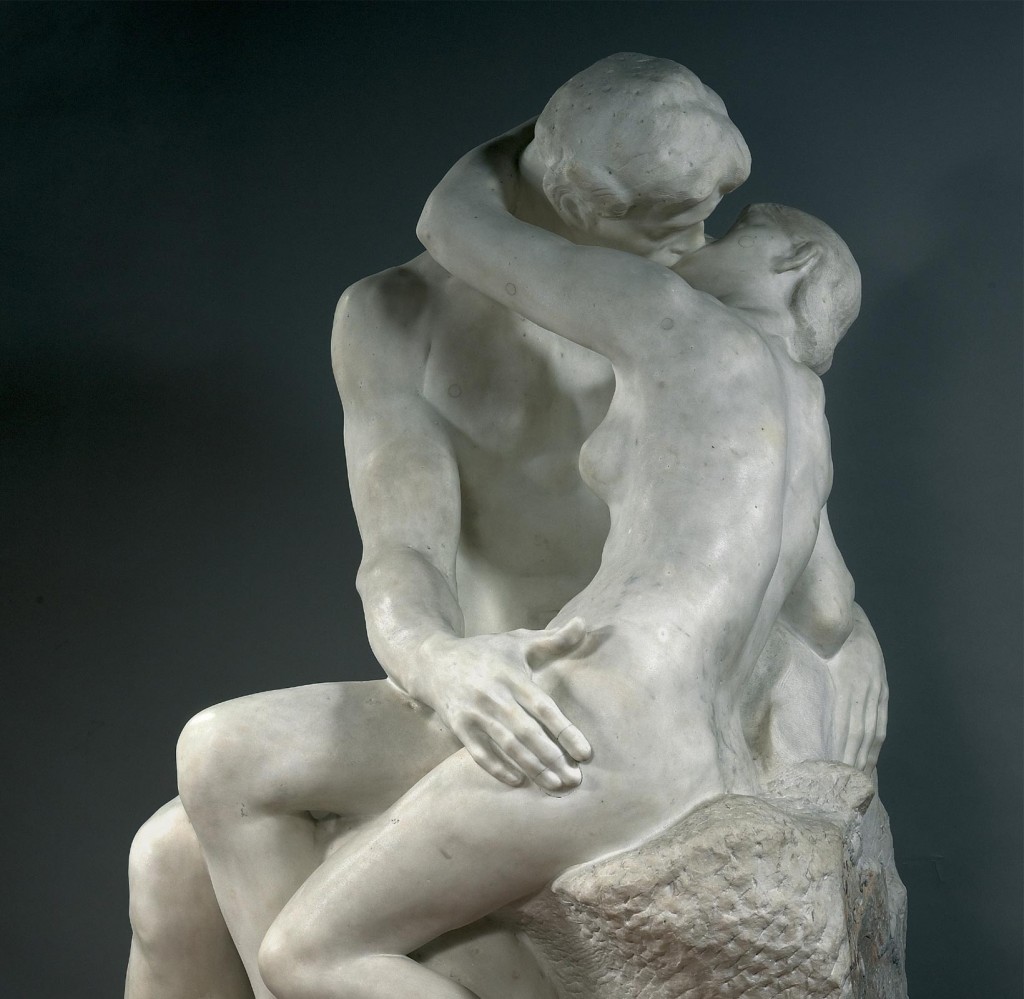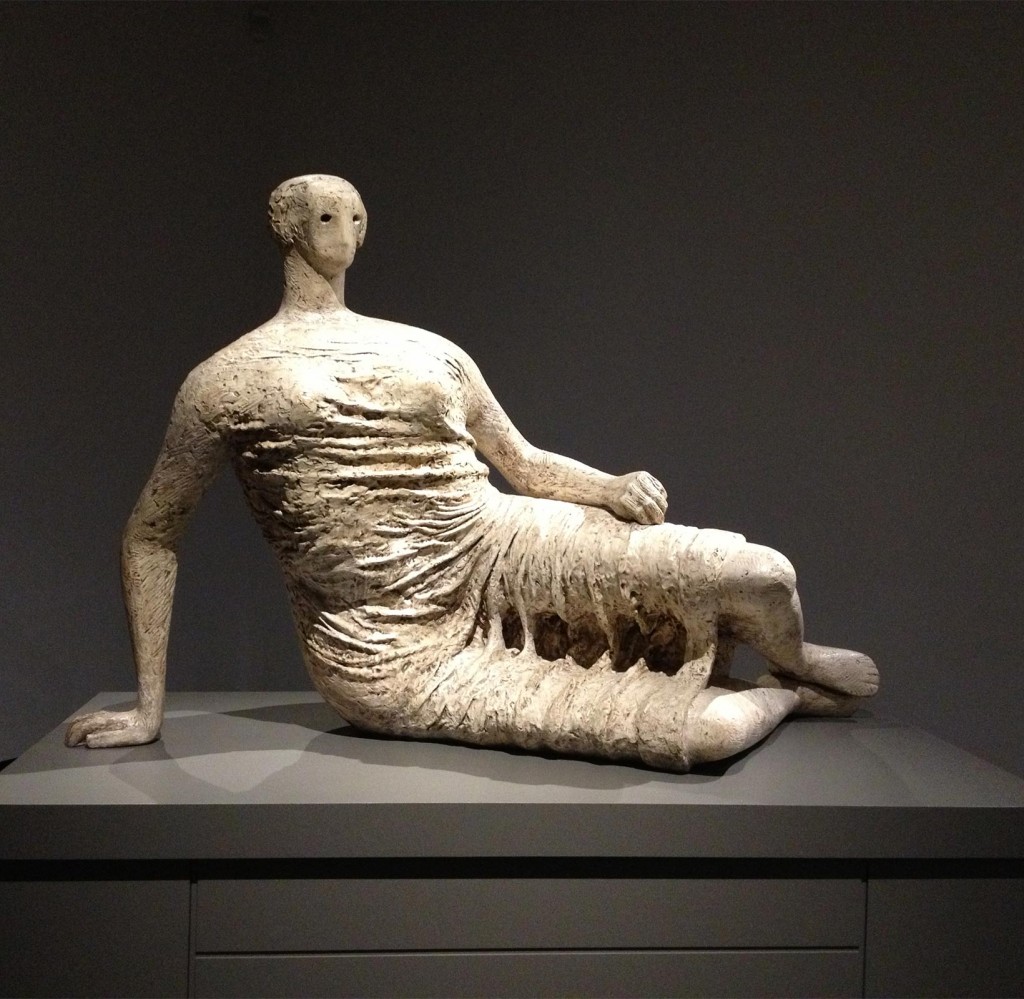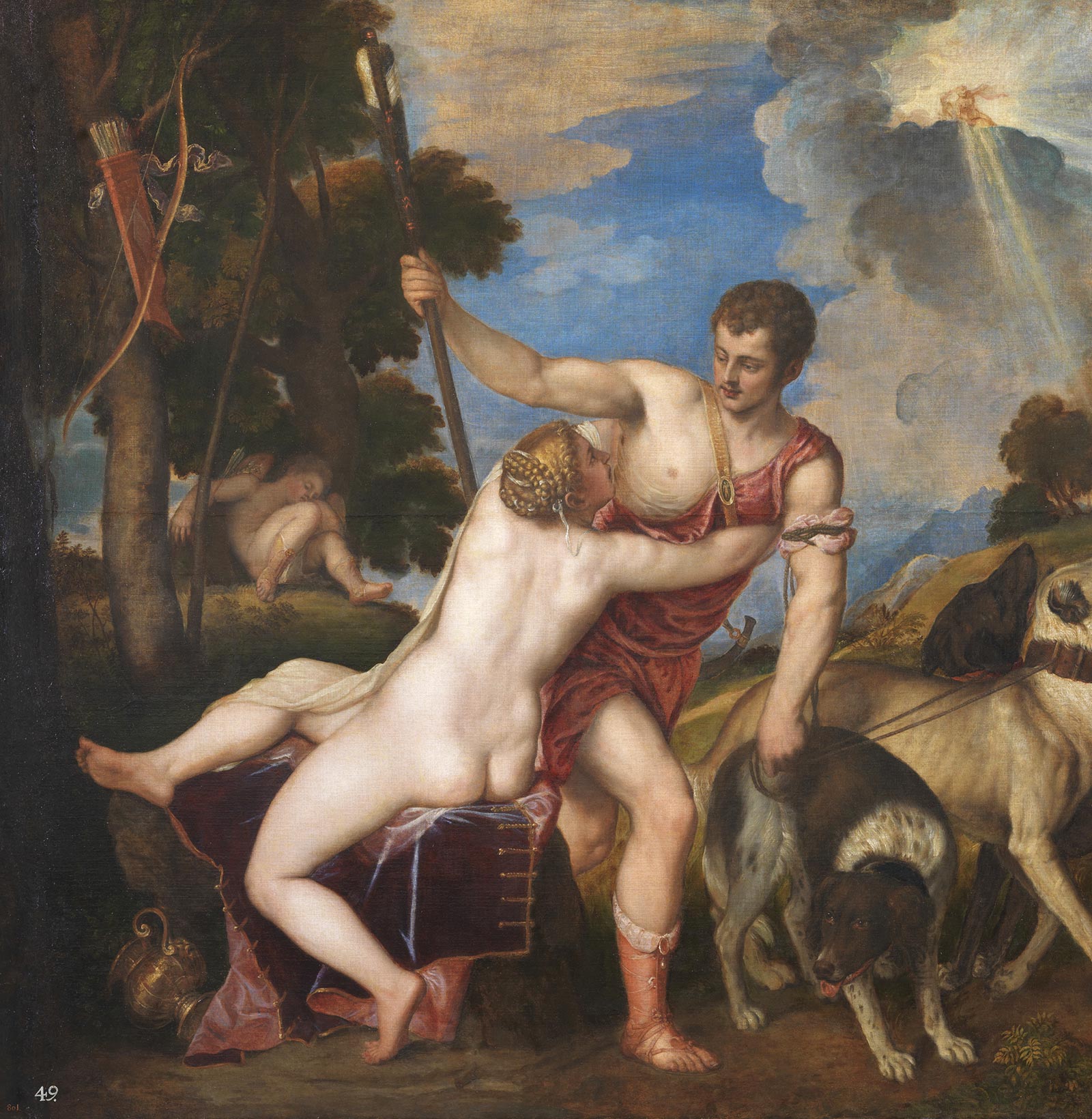Erotica is a term applied not only to literature and art, but media, objects, costume and performances that arouse, titillate and excite. Examples of erotica span from what some might consider purely...
Erotica is a term applied not only to literature and art, but media, objects, costume and performances that arouse, titillate and excite.
Examples of erotica span from what some might consider purely pornography, to the literary delights of the ancient Roman poet Ovid and Shakespeare such as Venus and Adonis. The assessment of what constitutes erotica varies and fluctuates culture-to-culture, era-to-era.

In post enlightenment European culture, erotic art that provokes sexual feelings is often belied as too distracting because it does not sublimate ideas, but rather evokes feeling that some see as self-interested or out of control. One might wonder if this is more a problem of the critic than the audience of erotica in general.
People continue to collect and enjoy erotica despite censure.
Art is not always about intellectual deconstruction, for centuries it has been used to illicit feeling, of religious devotion, of horror and moral outrage, of national pride, of cautionary moral tales and for so long as intimate devices for sexual stimulation. Ironically, people continued to collect and enjoy erotic art despite censure, and artists continued to create and construct such works.
Provocative Art: It is amusing to note that dictionaries of the English language often include the definition of provocative as a drive to annoy or irritate.
Consider that those artists who dare to make provocative art and refuse to adhere to aesthetic standards regarding “obscenity” may do so not only out of pure obstinacy but also rather of very personal aesthetic vision and a certain amount of courage.
While some might see provocation as an ugliness, it can also be sublimely beautiful. Suppose it depends on one’s definition of sex and sexuality.

Think about the famously popular late nineteenth-early twentieth century French sculptor August Rodin, who has long been considered the first modern sculptor. This seminal artist defied common models of finished polished depictions of nudity. Using the device of stone carving emerging from raw stone, Rodin created explicit and provocative visions of sexuality that defied not only cultural expectations, but created an illusory world of the artist’s studio. Ultimately, we can connect this to the “modern” vision of artistic primacy.
Rodin’s sculpture provokes, and is the paradigm for sensuality, provocation, and the power of representational art to inflame, to provoke imagination. And yet, within this aesthetic we see, not only the physical act of two lovers intertwined, straining soft marble curves contrasting with the unfinished edges of stone, arching muscular torso, we see another kind of power, of physicality, that of the artist, masterly carving from stone, provoking admiration, a sense of the power of virility and art.

The influence of Rodin is seen in much of modernist sculpture including Aristide Maillol, Henry Moore, and Henri Matisse. Rodin’s way of working is also seen in the sensual depiction of the erotic human body in photography and drawing particularly gesture, line, texture, and form.
